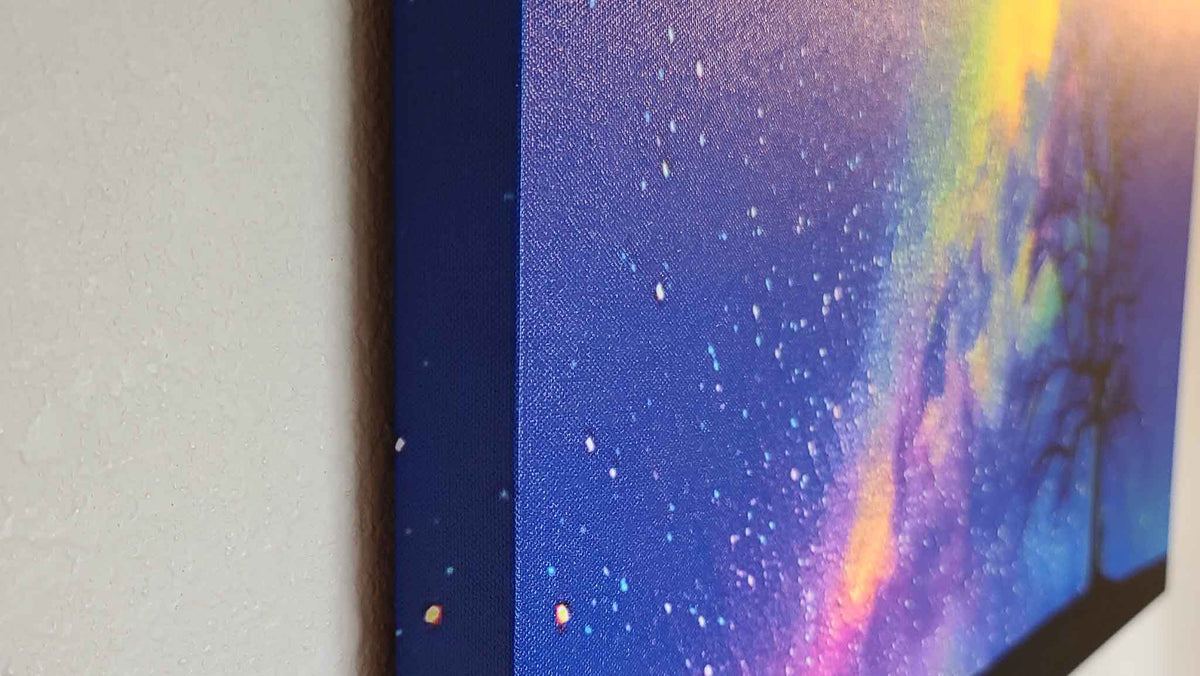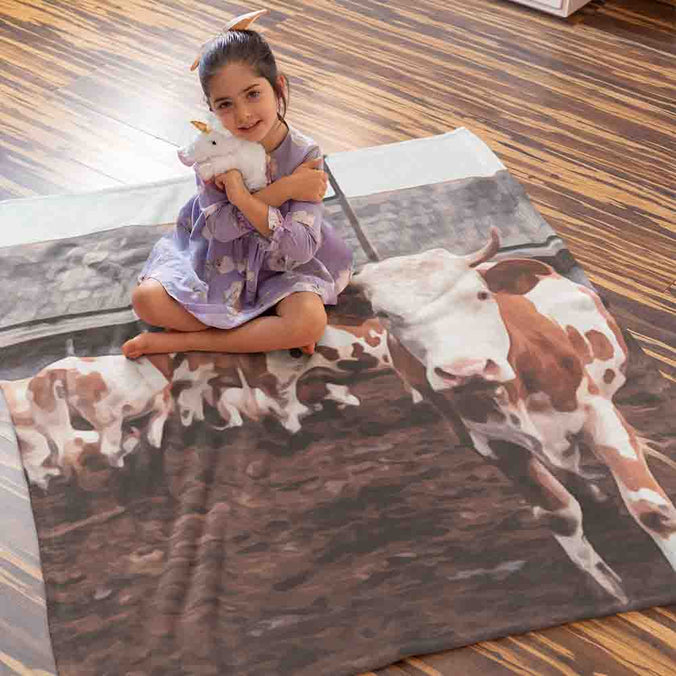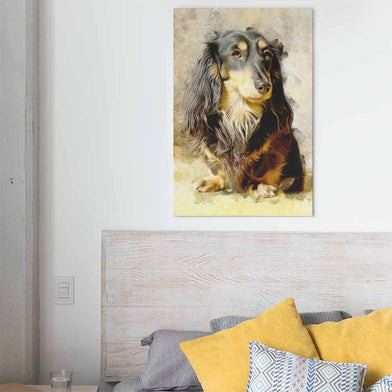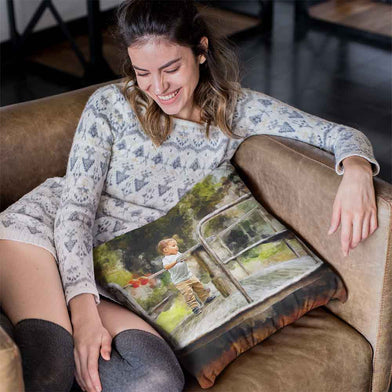Discover the World of Digital Art

Discover the World of Digital Art
Digital art is a creative medium that utilizes digital technology in its creation and presentation, including painting, drawing, and sculpture. To get started, explore different software and hardware options based on the type of art you'd like to create. Share your work online through blogs, websites, or social media platforms, and use watermarks to protect your creations. Practice and experiment with various tools, brushes, and software like Photoshop or Procreate to improve your digital painting and digital realism skills. Enhance your digital art journey by studying successful artists, participating in online art communities and challenges, keeping up with industry news and trends, and prioritizing user experience in your online portfolio. Remember, practice, persistence, and a commitment to learning will help you refine your skills and achieve success in the digital art world.
Getting Started with Digital Art
When venturing into digital art, you may be overwhelmed by the variety of drawing tools and software available. Begin by determining the type of art you'd like to create and explore the various software and hardware options suited to your needs. Digital art is a rapidly growing industry that encompasses everything from graphic design to branding. It's a fantastic way to showcase your work and reach an audience that appreciates your style.
For beginners, pixel art is an excellent starting point. This retro-inspired art form is gaining popularity among digital artists. To create pixel art, you'll need specialized programs like Photoshop, GIMP, or PixelArt, but even a simple drawing program like Microsoft Paint can suffice.
If digital painting piques your interest, Adobe Photoshop is a must-have tool. It's user-friendly and compatible with multiple platforms. Adobe Illustrator is perfect for isometric art, while GIMP and PixelArt are suitable for pixel art and photobashing.
Showcasing Your Digital Art Online
Promote your digital art by sharing it online through a blog, website, or social media platforms. Online galleries and contests are also excellent avenues for displaying your work. Keep in mind that proper attribution is essential when sharing your creations. To prevent unauthorized reproduction or sales of your work, consider adding a watermark.
Digital art has several advantages over traditional art forms, such as ease of sharing, storage, and accessibility. Additionally, digital art allows for quick corrections and a more forgiving creative process.
Creating Digital Paintings
To produce a digital painting, you'll need some technical knowledge and artistic skills. Software like Photoshop or Procreate can help you achieve realistic lighting, shadows, and colors. Start by practicing, taking classes, or watching tutorials to improve your abilities.
Experiment with various painting tools and brushes, and don't be afraid to begin with concept art on paper to enhance your drawing skills. Focus on creating engaging compositions with a clear focal point and ample breathing room.
Exploring Digital Realism
Digital realism aims to present scenes in their purest and most attractive form. Artists may add or remove elements from images or even incorporate components from other photos to achieve the desired result.
To learn more about digital realism, consider taking courses that teach techniques like sketching, using grayscale and color, setting shadows, and recognizing highlights. These skills will help you create realistic and believable digital art.
Crafting Your Own Digital Paintings
To start creating digital paintings, take advantage of the numerous free tutorials available online. Affordable Photoshop brushes can help you achieve a professional look, while full-length design tutorials can teach more complex techniques. Digital painting shares similarities with watercolor painting, and you can create large-scale works using any drawing software and a pressure-sensitive tablet.
Familiarize yourself with tools, keyboard shortcuts, and the software interface by watching video tutorials or downloading shortcut lists. With practice and dedication, you'll soon master the art of digital painting.
Enhance Your Space with My Photo Art
Looking for a unique way to showcase your digital art? My Photo Art offers customizable products like canvas wall art wraps, tote bags, throw pillows, refrigerator magnets, and fleece blankets. Our family-owned business in the Midwest is known for competitive pricing, quick turnaround, and exceptional customer service. Visit myphotoartstore.com to explore our offerings and add a personalized touch to your space.
Mastering Digital Art Techniques for a Competitive Edge
As you delve deeper into digital art, it's crucial to continually develop your skills and stay updated with industry trends. Focus first on learning the styles you want to foster, then participate in communities around digital art to help you keep up with new tools and techniques. Finally, prioritize your steps along the path of your digital art journey; make sure you are investing your time into things that make the most progress toward your goals (the infamous 80/20 rule).
Study and Analyze the Work of Successful Digital Artists
One of the most effective ways to improve your digital art skills is to study and analyze the work of successful artists in the field. By observing their techniques, color palettes, and compositional strategies, you can gain a better understanding of what makes their art stand out. Pay attention to their social media engagement and how they promote their work to learn how to effectively market your art.
Participate in Online Art Communities and Challenges
Joining online art communities and participating in challenges can significantly boost your skills and expose you to different styles and techniques. Share your work, exchange feedback, and collaborate with other artists to expand your creative horizons. Platforms like DeviantArt, Behance, and Dribbble are great places to start connecting with like-minded individuals.
Keep Up with Industry News and Trends
Stay informed about the latest advancements in digital art software and hardware. Follow industry blogs, attend webinars, and subscribe to newsletters to stay updated on the newest tools and features. This knowledge will help you adapt your techniques and maintain a competitive edge in the ever-evolving world of digital art.
Prioritize User Experience in Your Online Portfolio
When showcasing your digital art online, it's essential to prioritize user experience (UX). Ensure your website or blog is easy to navigate, visually appealing, and optimized for both desktop and mobile devices. A well-designed UX will make it easier for potential clients and fans to appreciate and engage with your work.
Discover the World of Digital Art
In summary, the world of digital art is an exciting and rapidly evolving landscape that offers endless possibilities for creativity and self-expression. This article provided an overview of what digital art is, how to create your own digital art, the importance of sharing your work online, and tips for mastering techniques to stay ahead in this competitive field.
We discussed the various types of digital art, such as pixel art and digital painting, as well as essential tools and software like Adobe Photoshop, Adobe Illustrator, GIMP, and Procreate. We also explored strategies for sharing and protecting your work online, including using watermarks and promoting your art through social media platforms and online galleries.
Moreover, we delved into the intricacies of digital painting and digital realism, offering insights on how to create captivating and realistic artworks. We touched on the importance of practice, utilizing tutorials, and learning about different painting tools and brushes to improve your skills.
Finally, we shared valuable tips for mastering digital art techniques and staying competitive in the industry. These included studying the work of successful artists, participating in online art communities and challenges, keeping up with industry news and trends, and prioritizing user experience in your online portfolio.
As you embark on your journey into the world of digital art, remember that practice, persistence, and a commitment to learning will help you refine your skills and achieve success. With the right tools, techniques, and mindset, you can create captivating digital art that resonates with your audience and leaves a lasting impact.
Leave A Reply
Your email address will not be published. Required fields are marked *






